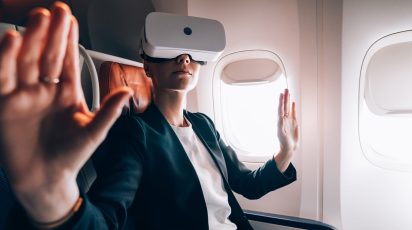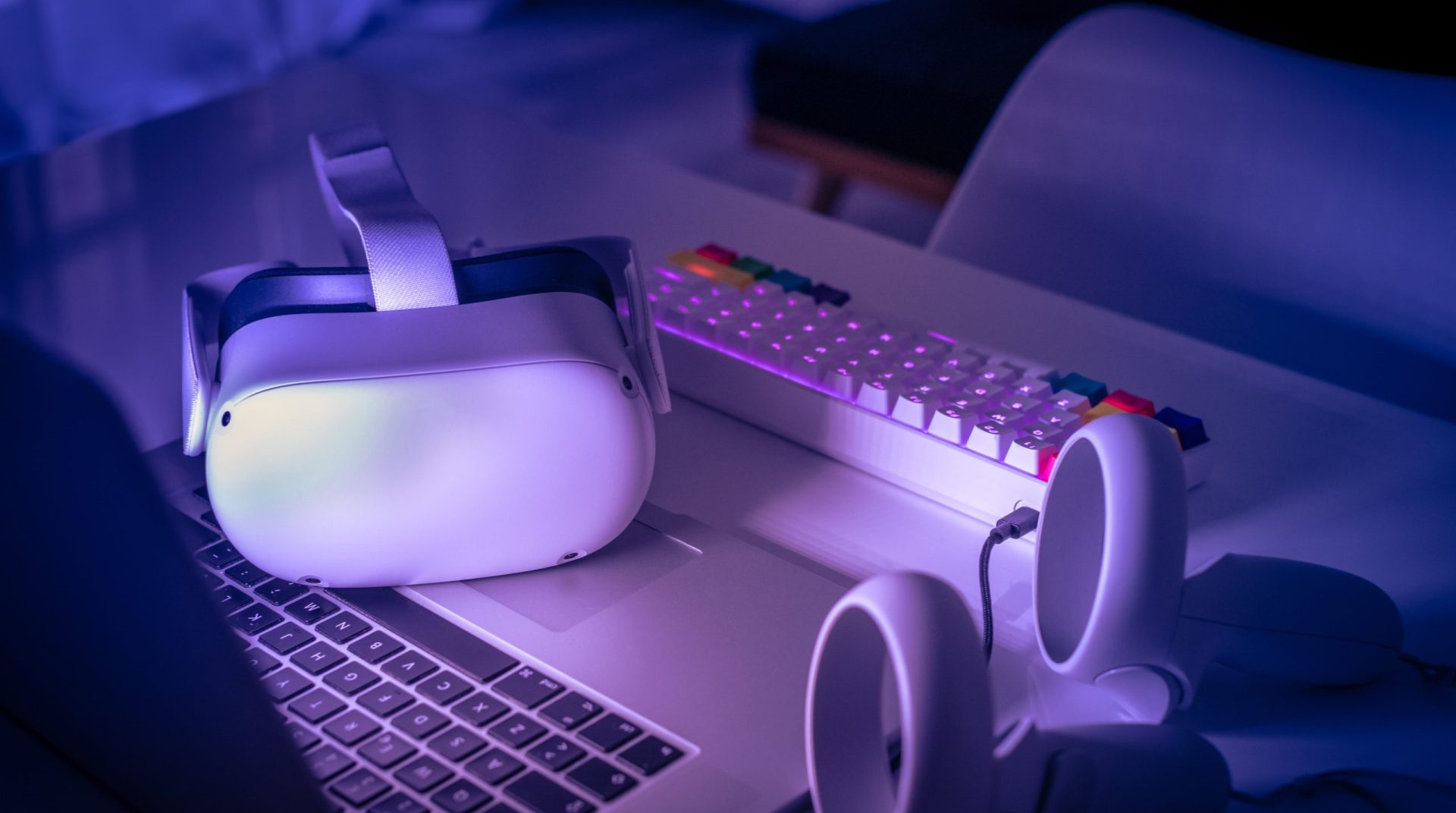
August 18, 2022
The COVID-19 pandemics – a launchpad for the VR industry
The arrival of COVID-19 affected the whole world. Lockdowns caused the entire world to go into isolation, and although it was supposed to be for our own good, it still took a heavy toll on our health and economies. But, while the rest of the world suffered significant losses of income, the VR industry counted rising numbers in every aspect of business. The popularity of the technology increased, hardware became more readily available and VR became much more familiar to tech enthusiasts of all ages. This blog post will discuss how the spotlight ended up on VR and the exciting developments that have been the result of this during the past three years.
A tool to battle COVID-19 and boost companies’ growth
Alongside the role VR played in helping other industries to grow during the pandemic, which we will discuss later, the VR industry helped to battle the virus itself. In a study by the National Library of Medicine, it is noted that “VR is beneficial for remote sites for exploring telemedicine, planning, treatment, and controlling of the infections by providing proper awareness to the people regarding this disease.” According to the study, “by enhancing the skill, confidence, performance, and overall attitude of healthcare persons,” VR was an excellent tool in the fight against COVID-19.
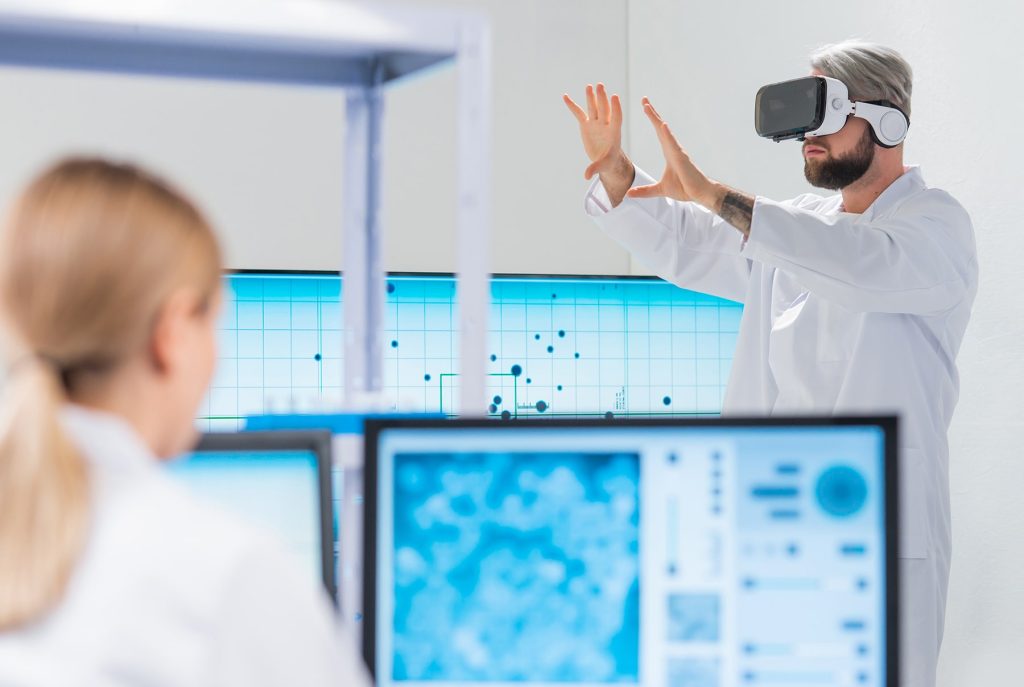
Furthermore, we’ve seen the application of VR in large companies, especially in the retail, education and entertainment environments. Museums merge both education and entertainment functions and the technology behind VR enabled visitors to participate in virtual tours and experience historical exhibits up close from the safety of their homes during lockdowns. This experiment offered an exciting basis for the further development of virtual museums, as scientists concluded that the social aspect is crucial to the overall museum-visiting experience.
A solution to this problem came from a team of artists and engineers connected through XR studio Delta Reality. They decided to add non-fungible tokens or NFTs into the equation. This team created the ‘Museum of Digital Life’, a museum in which everything represented is digital art, including the environment. Despite its digital reality, it is still possible to visit with your friends or even to open it to public visitors as a fully functioning digital museum. Who knows, perhaps this team has envisaged the future.
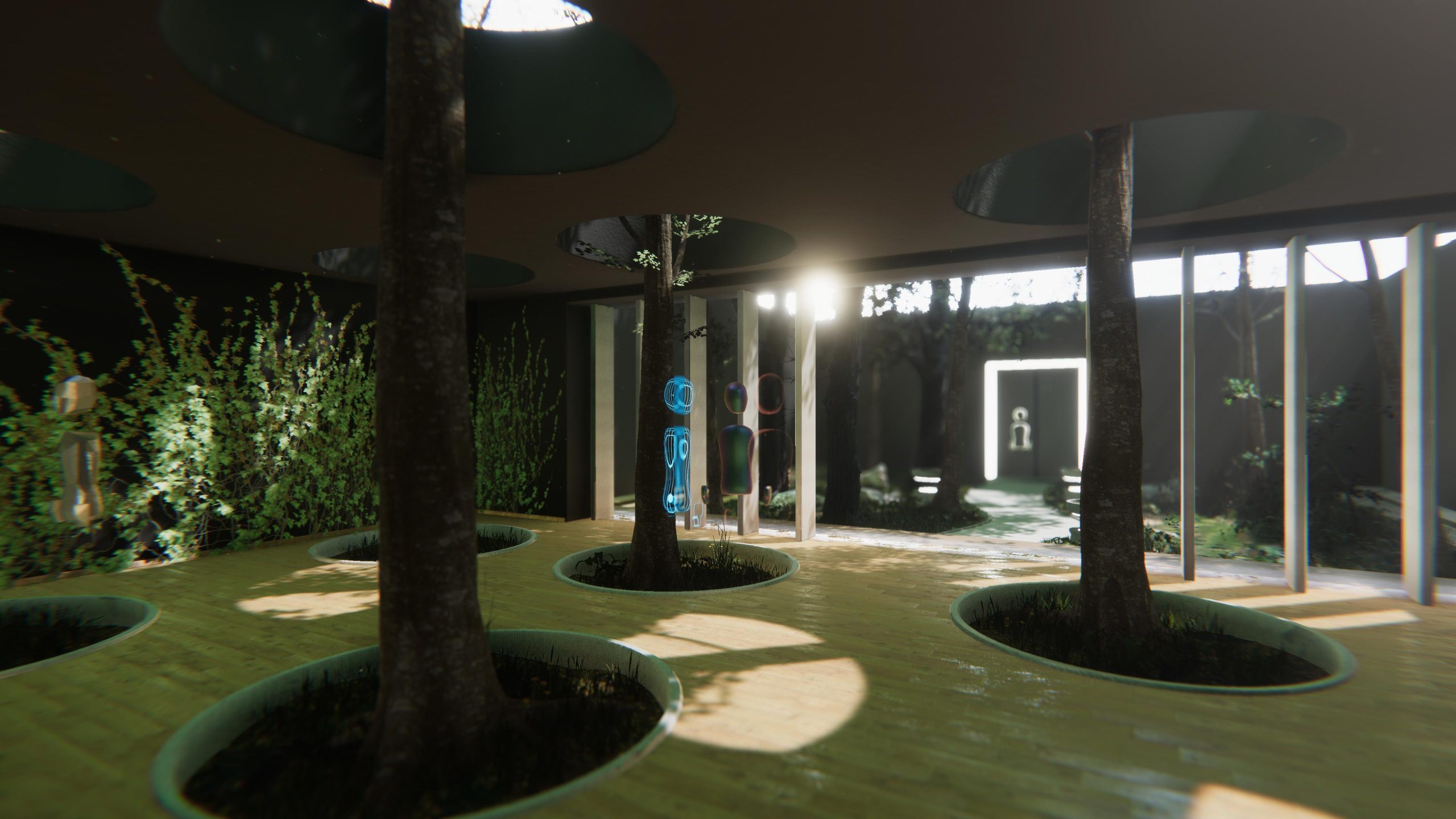
When it comes to businesses, many were interested in VR before the pandemic, but only a few were ready to invest. This has changed significantly as today VR features in the businesses of many prominent brands in three specific ways: collaboration, retail and marketing, and training.
Collaboration
Collaboration is one of the main reasons for the rise in the popularity of VR during the pandemic. Corporations had no choice but to turn to tools that would enable remote collaboration, and with VR these meetings turned into virtual experiences. Meeting in a virtual room to discuss the product that is being worked on or even have it be visualized in 3D using VR is certainly preferable to a standard video call. This kind of collaboration enables a deeper connection and allows teams to feel like they are still there, physically working together on the development.
Retail and marketing
Large companies correctly realized that their customers wouldn’t be able to try out their products during lockdowns, so they came up with a new way to boost sales. The implementation of VR enabled customers to check out a realistic 3D product in a virtual space and understand its functionality, while augmented reality (AR) stepped in to allow each product to be realistically checked out. More information about this topic is available in our previous blog post.
Training
Finding a way to train the workforce without the need for travel was once just a mere idea, but thanks to VR this has been possible for a while for trailblazers. Linde Virtual Academy is a great example. VR training can ensure safety for workers and assets, centralize knowledge and make it available for all trainees at all times, and achieve great results by boosting productivity through complete hands-on training.
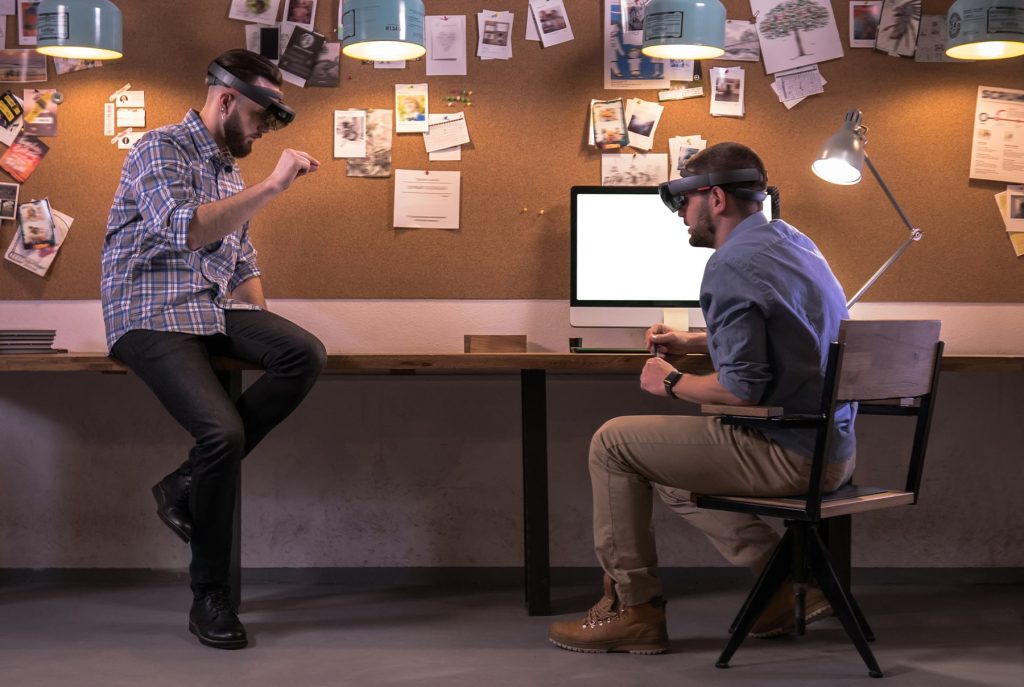
The oil and gas industry received a boost
As well as in terms of training, as mentioned in the previous paragraph, VR has benefited our industry even further. VR operator-training methods enable our workers to learn how to react in dangerous and life-threatening situations. These are situations that happen rarely and cannot be simulated accurately in reality for training purposes but can have a massive impact on both the plant and the operators. With VR, simulations for events such as operating in toxic environments, disaster response or evacuations can be easily created. Unlike theoretical training, VR training gives every trainee the advantage of preparation should these events ever occur in real life.
Furthermore, our industry uses digital twins to simplify the building of industrial plants. This process allows the prediction of possible faults and malfunctions and provides solutions for them as quickly as possible. During the pandemic, some companies even utilized digital twins as safe training grounds for their employees. Alongside enabling the use of digital twins, VR is an excellent tool for product development. Because it supports 3D rendering, a real-life replica can be created in VR, allowing digital designs and products-in-the-making to be tested long before production starts. In this way, the whole product design process can be finished more quickly, without additional testing.
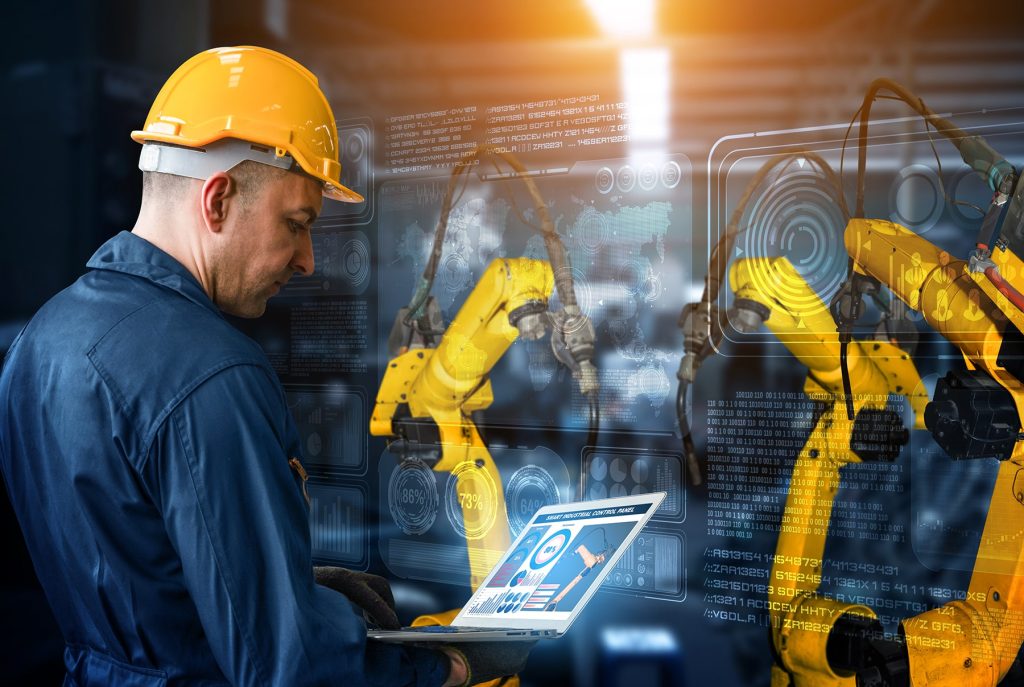
A much-needed boost for VR industry
Without the COVID-19 pandemic, many of today’s companies wouldn’t be using VR to their advantage. We believe that this would have resulted in a world of missed opportunities, as VR brings a different experience to those enthusiastic enough to try it. We’re thrilled that even well-established industries that are not inclined to change have decided to give it a go.



